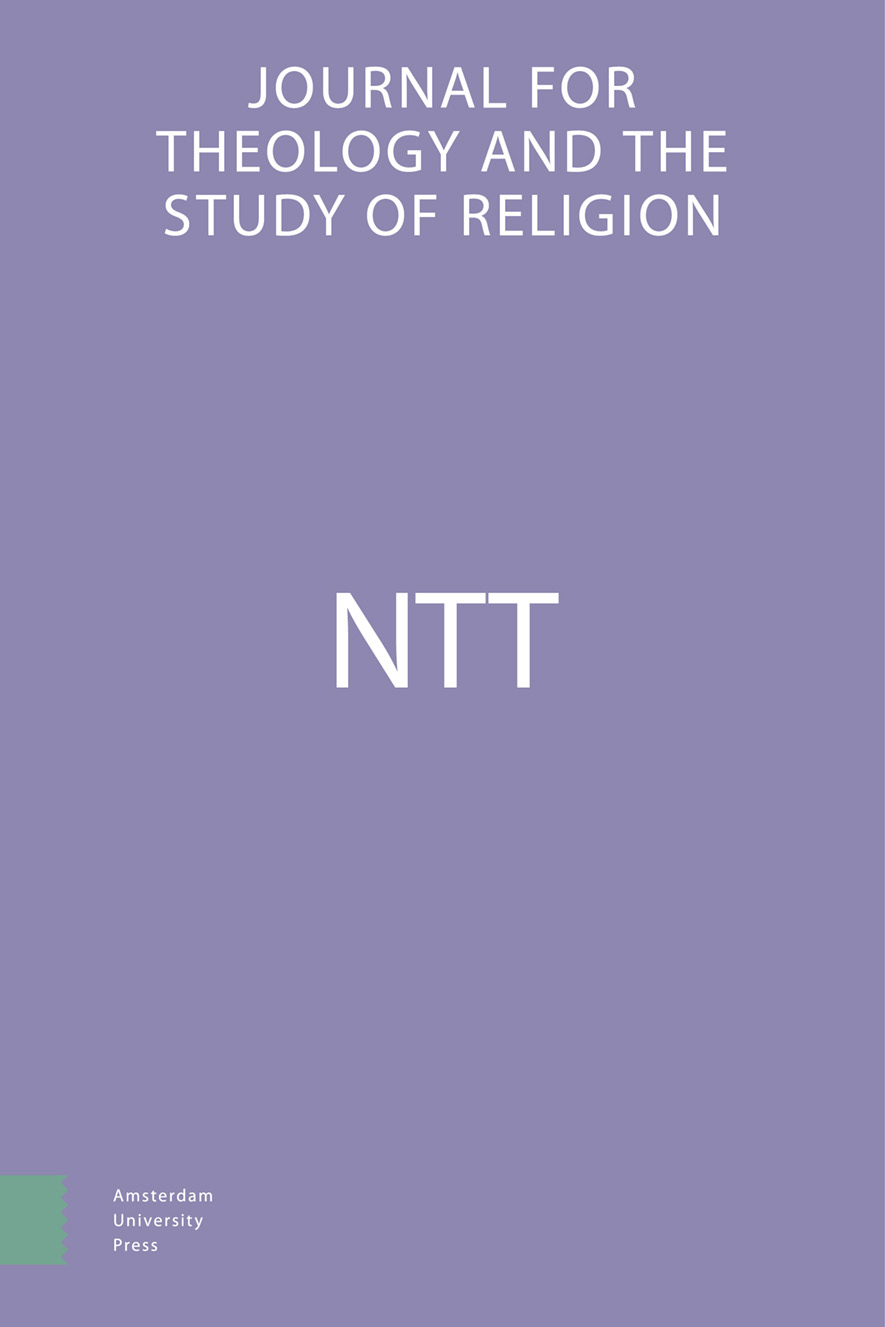-
oa The Passion of Perpetua and the Development of Early Christian Afterlife
*This article is the abbreviated, annotated version of the fourth of the six Read Tuckwell Lectures, which I had the privilege to deliver at the University of Bristol in May 1995 and which will appear in the near future under the title The Rise and Fall of the Afterlife. I am most grateful to Ton Hilhorst and the editors of this journal for their criticisms and observations.
- Amsterdam University Press
- Source: NTT Journal for Theology and the Study of Religion, Volume 54, Issue 2, Apr 2000, p. 97 - 111
-
- 01 Apr 2000
- Previous Article
- Table of Contents
- Next Article
Abstract
In this article it is shown that the outlines of the Christian view of the afterlife were already fully developed around AD 200 in the Passion ofPerpetua. The main focus of this view was heaven, whereas hell received much less attention. Some of the basic elements, such as heaven and the resurrection, derived from the New Testament, which, in turn, was influenced by contemporary Jewish traditions, especially by apocalypses. Others, such as the prominence of light and the soulbody opposition, derived from Greco-Roman traditions. Finally, a few ideas, such as the multitude of blessed and the affectionate relationship with Christ, were typically Christian. The main stimulus for the development of these ideas must have been the persecutions and discussions with heterodox traditions.


